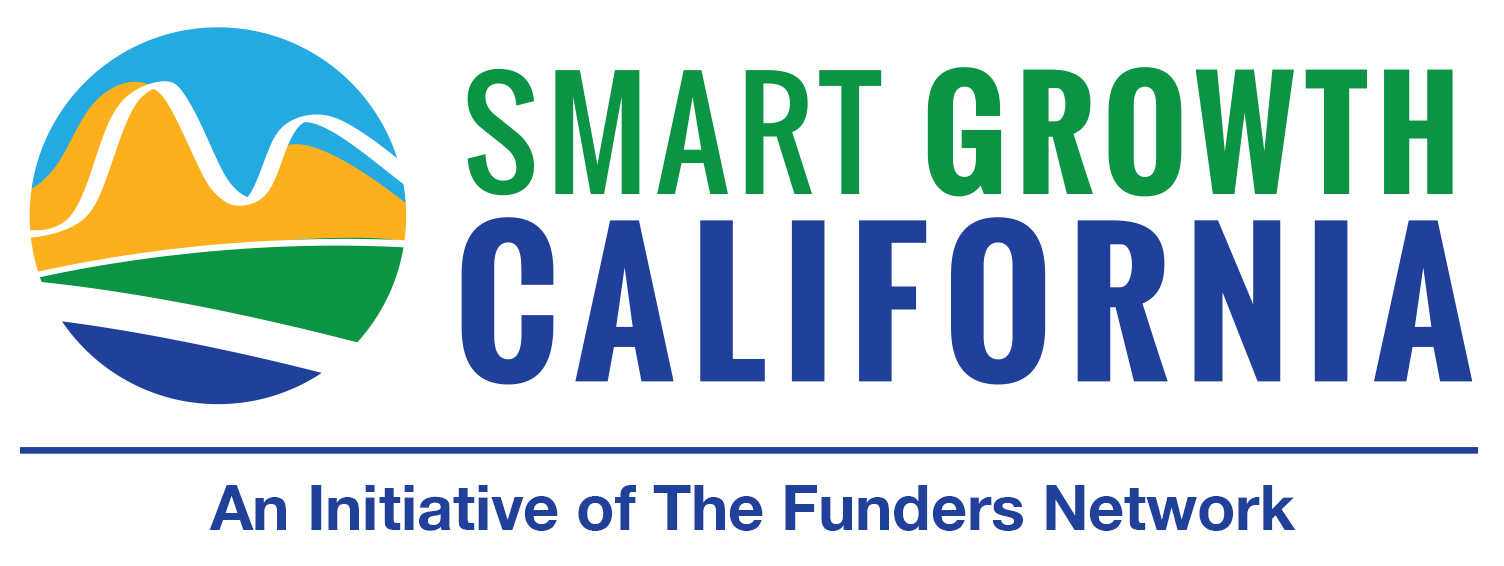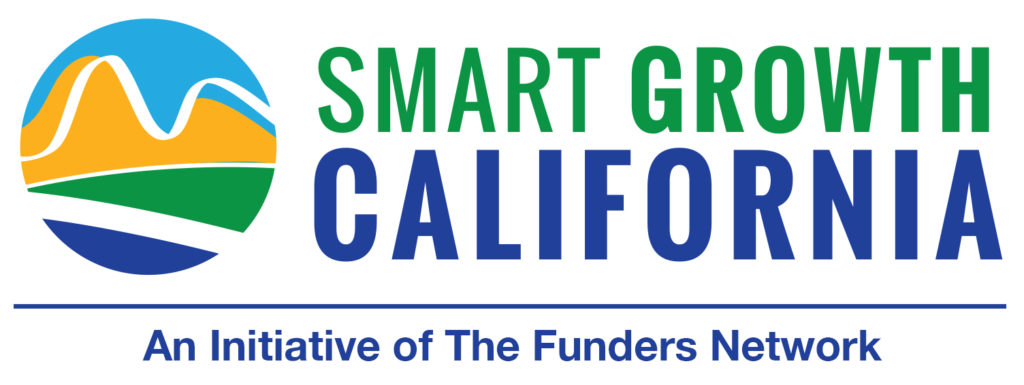
In March 2019, I had the pleasure of attending the annual conference of The Funders’ Network for Smart Growth and Livable Communities (TFN) in Miami. The conference was a birthday celebration for the organization as well as a homecoming, of sorts — the meeting at which TFN had been founded had been held in Miami twenty years earlier. Thus, in addition to the usual stellar program, there were a number of special events incorporated into the conference to mark the fact that TFN was turning 20.
I attended that inaugural meeting in 1999 in my capacity as a Program Director at the Packard Foundation, and I was among a handful of funders to provide a start-up grant. Twenty years later it was fun to be around colleagues who also were there at the organization’s inception. It also was gratifying to see how that modest investment in TFN has paid impressive dividends over time in terms of the sheer growth of the organization and the impact it has had in shaping the field of integrated, place-based philanthropy.
While in Miami I realized that over the 20 years of TFN’s existence, there’s rarely been a year when I haven’t been in the organization’s orbit as a board member, a consultant, or as a funder. For the past 10 years, I’ve had the honor and pleasure to serve as a founding co-chair of the Steering Committee of Smart Growth California (SGC). I was first paired in that role with Emily Young, formerly of the San Diego Foundation. When she moved on to take the role of Executive Director of the Nonprofit Institute at the School of Leadership and Education Sciences at the University of San Diego, Craig Martinez of The California Endowment graciously agreed to step up to join me as co-chair. After having served ten years in this role, I think it’s time to pass the proverbial torch to my talented colleague, Kaying Hang of the Sierra Health Foundation. She will now assume the role of Co-chair and join Craig in providing support and guidance to SGC’s talented team of Ron Milam, Kerry Hastings and Tim Mok. I’m not going far, however, as I now look forward to taking my place alongside my colleagues as a member of SGC’s Steering Committee.
While I’ll continue to stay engaged in SGC as member of the Steering Committee, the change in my role has caused me to reflect on how much our network has evolved in its first ten years. Our founding Director, Nina Bohlen, has moved on to pursue new projects, including fulfilling a dream of sailing along the Pacific Coast of North and South America. The same is true for some of our initial funders, who helped us to ramp up and then moved on to focus on other areas of interest. However, over that same period, the number of committed funders has grown exponentially and we’ve been lucky to continue to attract talented consultants to support the organization.
Change and growth are also manifest in the diversity of issues with which we now grapple as funders. Early on we were focused on the implementation of SB 375, the state’s landmark Sustainable Communities and Climate Protection Act, the follow-up to the Global Warming Solutions Act adopted in 2006. It offered a revolutionary approach to land use where the state’s major metropolitan regions were instructed to craft Sustainable Community Strategies that reduced greenhouse gas emissions while accommodating projected growth. That effort, after multiple generations of SCSes, is still a work in progress, but in the intervening 10 years our collective understanding about the complex web of issues that relate to the broad concept of sustainable communities has grown enormously.
Now, the members of SGC and its affiliated sub-networks in Los Angeles, the Bay Area, and the San Joaquin Valley are deeply engaged in understanding how to best support their nonprofit partners working on issues ranging from displacement to gentrification; from wildfire and the implications for siting housing to groundwater management and the future of agriculture and patterns of urbanization in the San Joaquin Valley; from transit-oriented development to active transportation; and from balancing the need to produce more housing while also protecting California’s rich natural and agricultural resources. However, as was evident from our Funders Summit in February 2019 in Sacramento, what hasn’t changed is the collective commitment of funders, primarily those with roots in California, to work collaboratively with one another to identify new ways of building truly sustainable, equitable communities. An example of that is a nascent collaborative on supporting emerging community leadership in the San Joaquin Valley on groundwater management issues.
As Vice President of Program and Partnerships at the Sierra Health Foundation, Kaying brings long experience in working in a diversity of fields within philanthropy, including health and immigrants and refugee rights. At the Sierra Health Foundation she helped to launch the San Joaquin Valley Health Fund and is responsible for strategic program and partnership development, which is what SGC is all about! Please join me in welcoming Kaying in her new role as co-chair of the SGC Steering Committee. I look forward to supporting her in this new role and working with the rest of the Steering Committee to continue to advance the important work of SGC.
“I would like to thank Mark for his ten years of thoughtful guidance, intelligent feedback, and impeccable wit at the helm of the Smart Growth California Steering Committee. We are beneficiaries of one of the smartest, most committed collaborative of funders in California because of his (and others) tireless efforts. I am also thrilled to work more closely with Kaying who brings tremendous experience and compassion to our collective efforts and an amazing friend to many of us” – Craig Martinez, The California Endowment, Co-Chair, Smart Growth California

